Contents [hide]
Both young and more experienced competitors wear baseball gloves as a classic piece of sports gear. They are an essential part of the game for everyone, from professional all-stars to kids in their first summer league. Knowing the different materials, web types, and intended playing positions can help you make the right choice!
Parts of a Baseball Glove
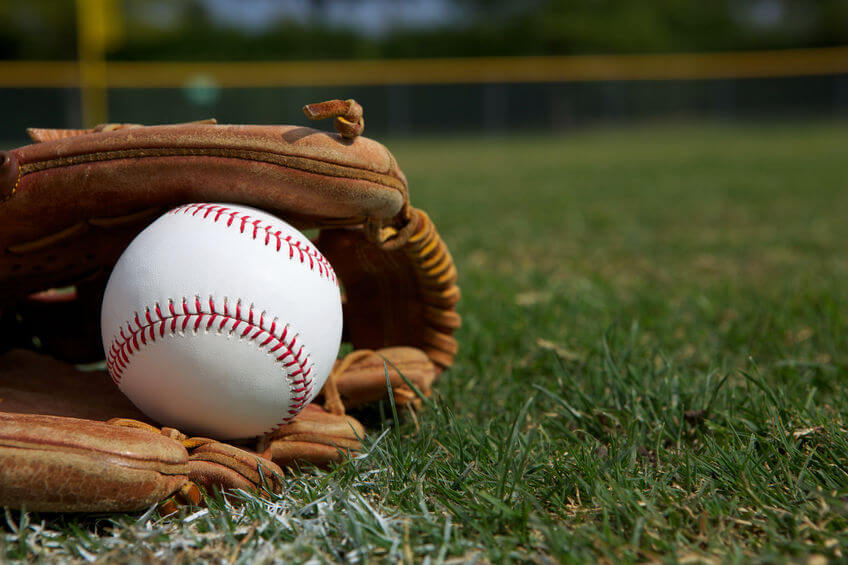
When buying a quality pair of gloves for baseball, it’s important to know the different components they’re made from. Each part serves its purpose to make it easier to catch the ball.
The web connects the fingers and thumb to control the ball when it hits the ground. It features a tightly woven piece of leather that allows the fielders to close their hands on the ball to keep possession. The web catches most fly balls, pop-ups, and line drives.
The palm is the padding beneath the leather that provides impact protection.
The heel is the lower section of the glove, on the palm side. It protects your glove and calculates when it will break.
The lacing gives the baseball glove its shape. Most laces are made of leather as it allows the laces to break-in at the same rate as the glove.
The hinge is the component that allows the glove to open and close quickly.
The Wrist Adjustment is a feature that allows you to alter your wrist. Fastpitch and slowpitch softball are popular among young baseball players. D-ring fasteners, hook-and-loop fasteners, and buckle systems are all included.
Baseball Gloves Material
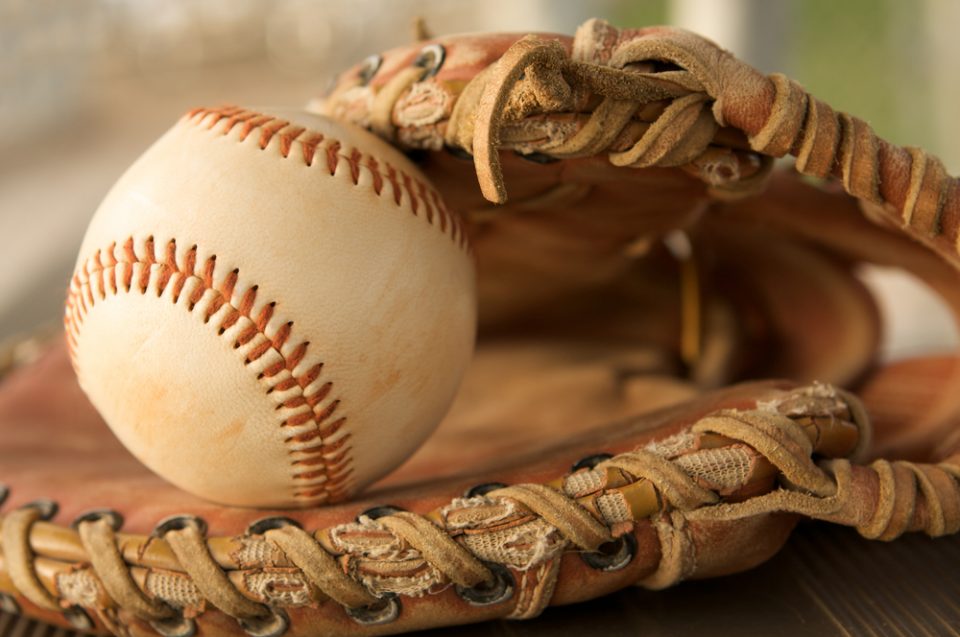
Gloves for baseball are made of a range of materials, each with its unique feel on the field.
Synthetic leather can be simple to shut and does not require a “break-in” time. It’s a simple choice suitable for younger gamers.
Softened, oil-treated leather provides a smooth break-in and game-ready feel as players become older and progress up in leagues.
The best grade leather is the Premium or Pro Series, which offers unmatched craftsmanship, durability, and comfort. This material can better fit your hand once it has been broken in.
Different Web Types
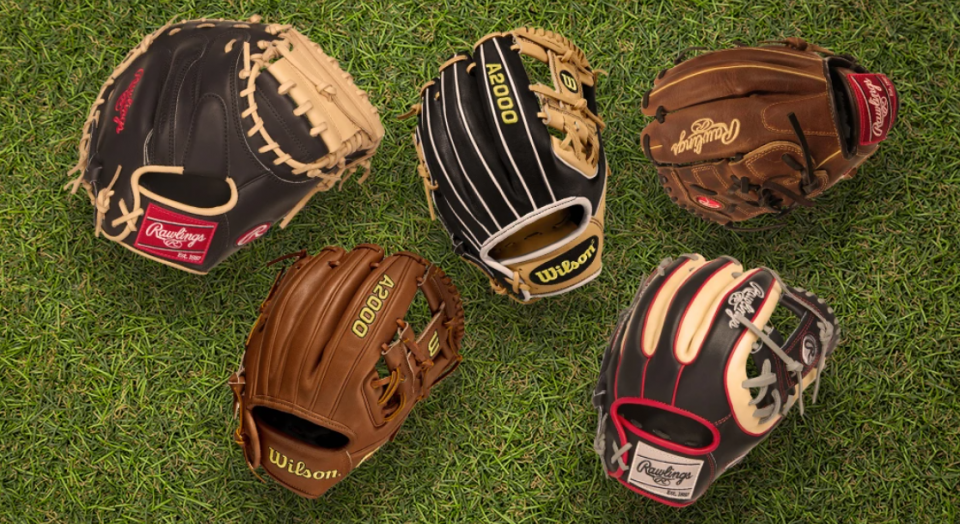
Following materials, you can select from various web patterns for your glove. Each web type can improve your mitt’s look and design while also providing additional benefits. The following are some of the most frequent glove web types and how they can affect your game.
Fielders
The basket design is ideal for pitchers who want to hide the ball. They are easier to close due to the elasticity of the basket weave.
The trapeze option is popular for outfielder gloves. The trapeze web type has a leather strap with interlaced lacing on each side and can create a deeper pocket for capturing fly balls.
All pitchers, infielders, and outfielders use the modified trap web design. Like the trapeze web, this style adds a leather strip to the top of the web for added support.
H-Webs are named after the “H” formed when the leather posts are sewed together. Outfielders and infielders, particularly third basemen, favour this web style. Although dirt and debris fall directly through the open web, it’s still strong enough to field hard-hit balls.
I-Web, like the H-Web, has leather pillars in the shape of a capital “I.” This pattern may be seen in the infield, where dirt and debris fall right through, making transfers and swaps much easier.
The Single Post, sometimes known as a Cross Web, can provide a lot of flexibility and visibility. This web style comes with a single vertical leather strip coupled with two horizontal bars.
Two-piece web type, like the basket web, might be helpful in hiding pitches. The two leather patches can also add to the weight of the glove.
First Basemen
The Single Post web type for first basemen gives athletes more visibility and freedom. This cross pattern has two strips of leather across a vertical post.
A Modified H-Web pattern is the type of web with an extra top leather strip for increasing the first baseman’s catch radius, thus making the fielding easier.
Dual-bar webs are made up of two horizontal leather bars that are stitched together. This creates a pocket, which can help first basemen catch and secure the ball.
Catchers
The Half-Moon web type contains two leather pieces linked together. This pattern produces a snug pocket and gives you more options than other one-piece styles.
A One-Piece web is typical for catcher’s gloves since it uses one huge piece of leather. The lacing around the outside edge aids in the formation of a snug, shallow pocket.
Personal Style, Fit & Feel
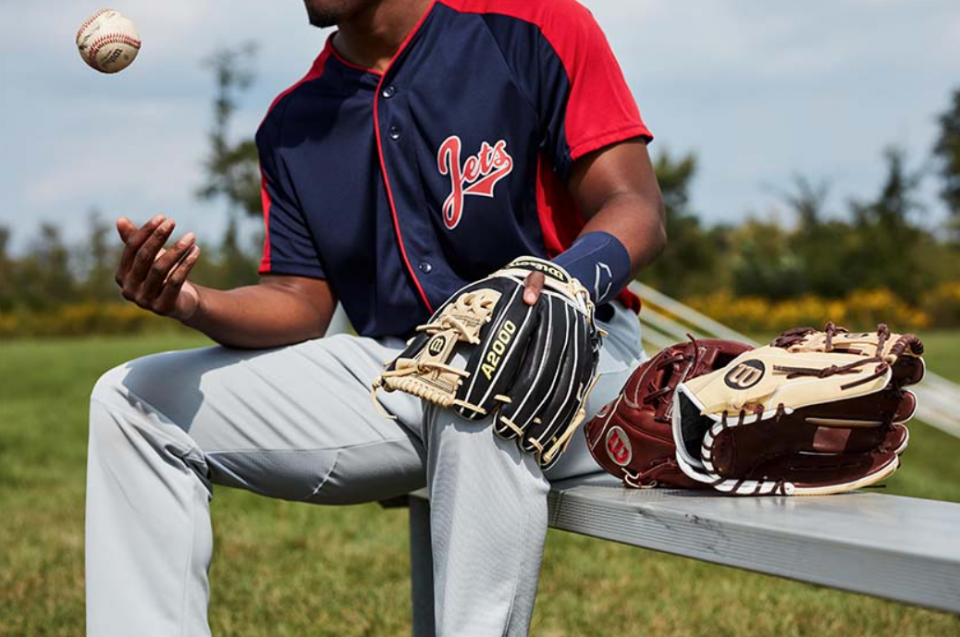
Although there are two key elements when choosing suitable gloves for baseball- your age and field position, your style, fit, and feel are also important.
Always opt for a snugly fitting glove because too big a glove will impair your performance.
Your glove for baseball should be stiff enough to provide strength while still allowing for control and quick response.
In the end, pick a look and colour appropriate for you.
The Appropriate Gloves for Your Baseball Position
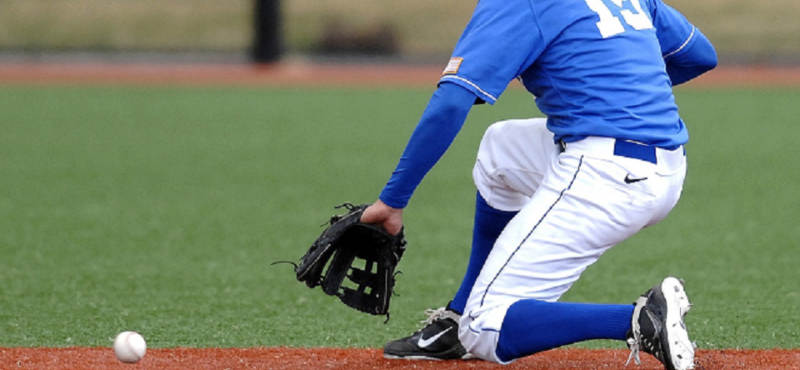
To decrease the pain of the pitcher’s toss, catchers should utilize a fingerless baseball glove with heavy padding. A claw-like morphology can aid in proper pitch catching. This unique design also serves as a target for the pitcher.
Closed webbing is standard in pitcher’s gloves to help conceal the ball. Because pitchers don’t have to worry about fielding as the primary ability, their gloves usually have less padding.
The long, wide baseball glove is ideal for the first basemen to scoop up grounders from the dirt. A longer structure also aids first basemen in fielding infielder throws- they can receive the ball more firmly with a deeper pocket.
Infielders employ a five-finger glove with a shallow pocket for a quick transfer and release. To catch fly balls, outfielders require a deeper pocket. A longer glove can also extend a player’s reach and range.

